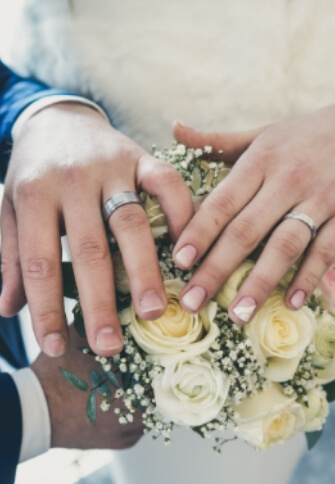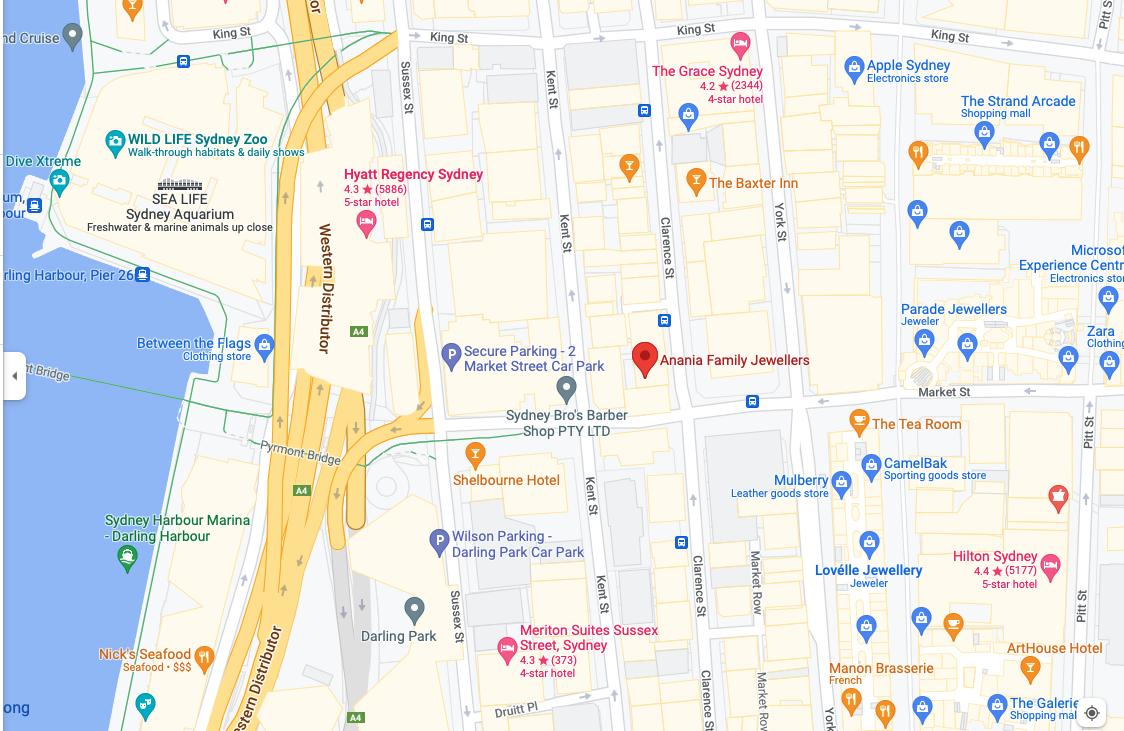F-colour diamonds are in demand because they are colourless: the most common (and most affordable) of the truly colourless diamond grades.
When shopping for a diamond for an engagement ring, most people want it to be colourless. We talk about “white diamonds” but what we really mean is diamonds that are perfectly transparent with an absence of colour, not even a hint of yellow.
Most diamonds have a faint yellow tint thanks to nitrogen atoms in their atomic structure that absorb blue, leaving a slightly yellowish body colour.
The difference between diamond colour grades is so subtle, I could show you a tray of white diamond engagement rings set with a mix of D, E, and F colour diamonds and you wouldn’t be able to separate them into three piles.
Your favourite diamond in the tray of rings is just as likely to be an F as a D.
An F-colour diamond is graded in a gemological laboratory upside down so that the grader can focus on the body colour of the gem without being distracted by its brilliance, scintillation, and dispersion (the three characteristics that give a diamond its beauty.)
Diamonds are found in a continuous colour range from the complete absence of colour to faint colour. Diamond colour grades chop this smooth colour gradient into discrete steps. There aren’t just D, E, and F colours, there is a spectrum of D-colour diamonds with gradually more colour until suddenly a boundary is crossed and one of them is a very light E-colour diamond then more E diamonds, each with slightly more colour until one is a very white F-colour diamond.
The difference at each step is almost imperceptible, even when viewed in the best possible conditions.
Drawing the lines between diamond colour grades is very difficult. To make it a bit easier, every diamond’s colour is evaluated in comparison to other diamonds with known grades called a diamond master set.
What does F colour really mean? It means that this diamond, when placed upside down next to a diamond master set, can be seen by a trained professional to have slightly more colour than the E colour but slightly less than the G colour diamond. The slight differences in colour can only be seen consistently in comparison, face down, in a controlled environment.
Will you be able to tell that your diamond is an F-colour when you wear it in an engagement ring? If your diamond is set in platinum or another white metal like palladium or bright white gold, professionals will be able to see that your diamond is colourless but not its exact grade.
They might guess E or they might guess G.







